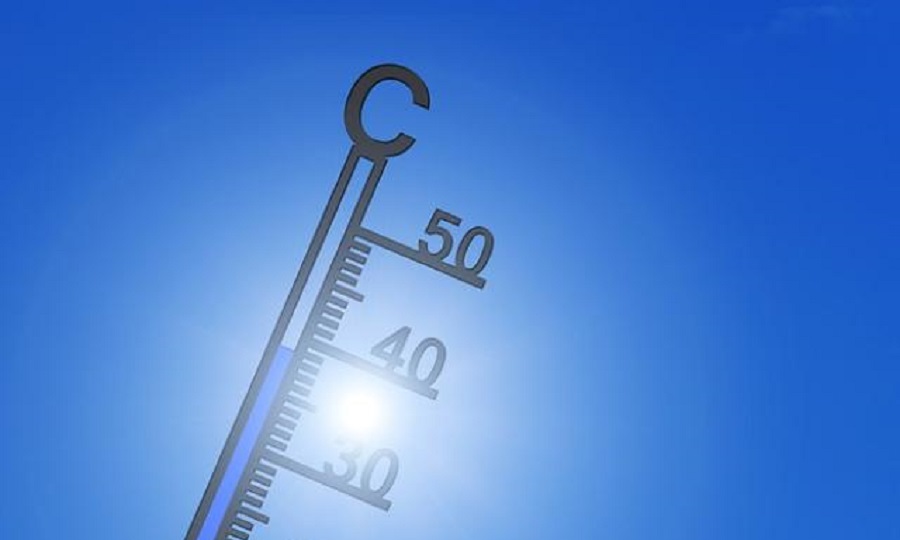RIO DE JANEIRO, BRAZIL – The year 2022 began with several Brazilian states being affected by heavy rainfall, while a heat wave is hitting the South and pushing temperatures over 40ºC.
In early January, storms caused floods and landslides in Bahia, prompting the whole of Brazil to mobilize to help the victims of the rains. According to data from the Bahia Superintendence of Protection and Civil Defense (SUDEC), 27,205 people lost their homes while 69,132 were displaced.

Other states in the North, such as Pará and Tocantins, and in the Southeast, such as Minas Gerais, were also affected by high rainfall, considered above normal by experts. The rainy season also impacted the state of Goiás and, by Thursday, January 13, 16 municipalities were in a state of emergency.
On Sunday, January 16, even the Pope said he would pray for the Brazilians affected by the rains.
According to National Institute of Meteorology’s (INMET) Heráclio Alves, there is an explanation for this. Although summer is a rainy season in a good part of Brazil, this year there was a set of factors that contributed to the intensification of rainfall.
“We call it the South Atlantic Convergence Zone, which is the humidity corridor that occurs mainly in late spring and during the summer season. This system causes heavy clouds and rainstorms that can last for several days,” he explains.
From December 2021 to date, 5 phenomena have occurred. In January, the first of the year caused the most intense rainfall in Minas Gerais.
The expert points out that the amount of rainfall was well above what is expected for the month. In addition to the South Atlantic Convergence Zone, there is also another occurrence that may have influenced this. The La Niña phenomenon promotes the cooling of the Pacific Ocean waters. Consequently, it directly impacts weather in Brazil, causing more rainfall, especially in the North and Northeast.
In the South, the scenario is different. Rio Grande do Sul registered record temperatures and in Porto Alegre thermometers reached 42°C on Friday, January 14. In Uruguaiana, in the West of the state, temperatures reached 41.1ºC, the highest mark in the last 10 years in the city.
According to Heráclio, while La Niña favors clouds in the northern part of the country, it intensifies the dry air masses in the South, causing heat waves and drought. “There are several consecutive days of rising temperatures,” the meteorologist points out.
The good news is that extreme weather events should subside in the coming days. According to Heráclio, temperatures in the Southern states should decrease starting Monday, January 17. There will also be a significant reduction in rainfall in other regions, easing the plight of many Brazilians who suffered from storm-related disasters.

